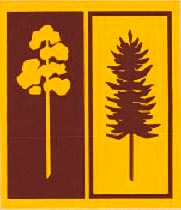
Photo from wikipedia
Operational studies are necessary to support production and management decisions of forest industries. A time study (TS) approach is widely used in timber harvesting operations to understand the performance of… Click to show full abstract
Operational studies are necessary to support production and management decisions of forest industries. A time study (TS) approach is widely used in timber harvesting operations to understand the performance of individual harvesting machines as well as the entire system. However, several limitations of the TS approach include the use of generalized utilization rates, incapability of capturing interactions among equipment, and model extrapolation in sensitivity analysis. In this study, we demonstrated the use of discrete event simulation (DES) techniques in modeling a ground-based timber harvesting system, and compared the DES results with those of the TS model developed with the same observed data. Although both TS and DES models provided similar estimation results for individual machine cycle times and productivities, the estimated machine utilization rates were somewhat different due to the difference in synthesizing machine processes in each approach. Our sensitivity analysis and model expansion to simulate a hypothetical harvesting system suggest that the DES approach may become an appropriate method for analyzing complex systems especially where interactions among different machine processes are unknown.
Journal Title: Forests
Year Published: 2018
Link to full text (if available)
Share on Social Media: Sign Up to like & get
recommendations!